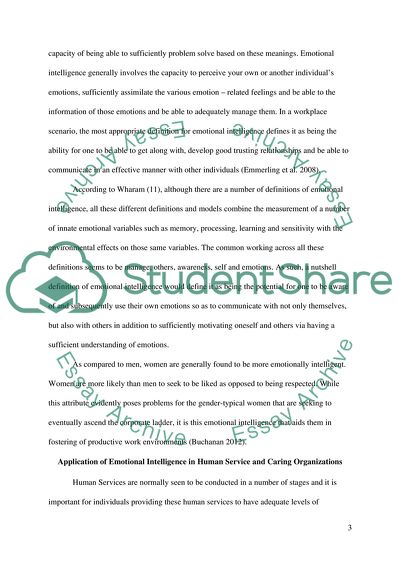Cite this document
(Emotional Intelligence and its Role in Human Service Organizations Report Example | Topics and Well Written Essays - 3250 words - 1, n.d.)
Emotional Intelligence and its Role in Human Service Organizations Report Example | Topics and Well Written Essays - 3250 words - 1. https://studentshare.org/psychology/1815884-assess-the-concept-of-emotional-intelligence-and-its-role-in-human-service-organisations
Emotional Intelligence and its Role in Human Service Organizations Report Example | Topics and Well Written Essays - 3250 words - 1. https://studentshare.org/psychology/1815884-assess-the-concept-of-emotional-intelligence-and-its-role-in-human-service-organisations
(Emotional Intelligence and Its Role in Human Service Organizations Report Example | Topics and Well Written Essays - 3250 Words - 1)
Emotional Intelligence and Its Role in Human Service Organizations Report Example | Topics and Well Written Essays - 3250 Words - 1. https://studentshare.org/psychology/1815884-assess-the-concept-of-emotional-intelligence-and-its-role-in-human-service-organisations.
Emotional Intelligence and Its Role in Human Service Organizations Report Example | Topics and Well Written Essays - 3250 Words - 1. https://studentshare.org/psychology/1815884-assess-the-concept-of-emotional-intelligence-and-its-role-in-human-service-organisations.
“Emotional Intelligence and Its Role in Human Service Organizations Report Example | Topics and Well Written Essays - 3250 Words - 1”. https://studentshare.org/psychology/1815884-assess-the-concept-of-emotional-intelligence-and-its-role-in-human-service-organisations.


